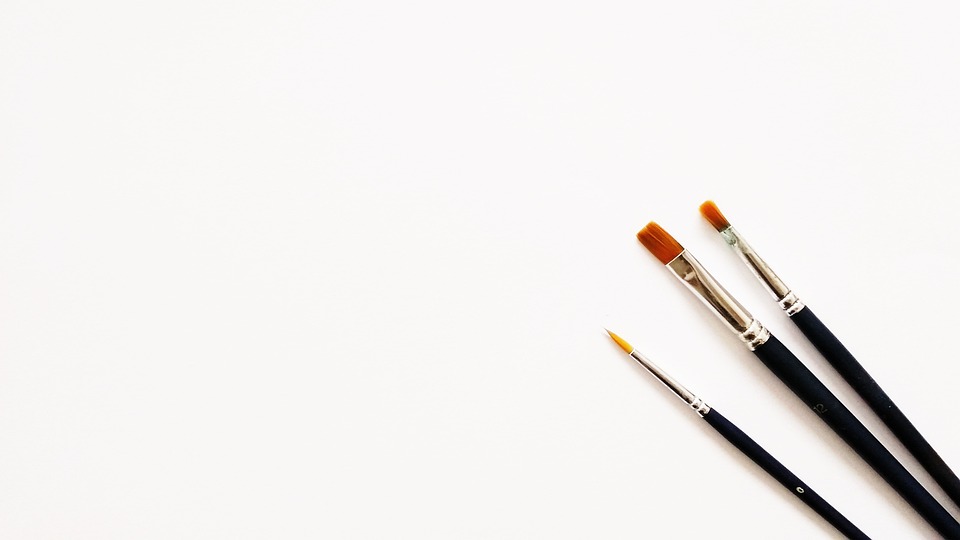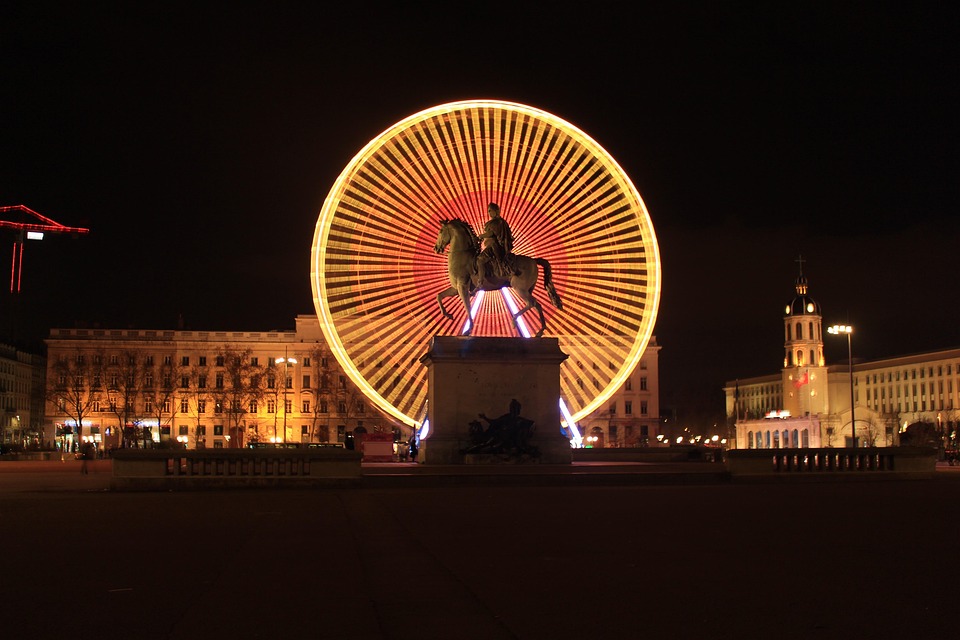Title: From Paintbrush to Pixel: A Technicolor Transformation
Once upon a time, art was a tactile and intimate affair, crafted with the stroke of a paintbrush and rendered in layers of vibrant colors. But as our world has progressively moved towards a digital landscape, so too has our art, transitioning from tangible canvases to ethereal pixels that dance on luminous screens.
From Paintbrush to Pixel: A Technicolor Transformation takes us on a journey through the evolution of artistry from traditional painting to image generation, exploring the boundless possibilities offered by modern tools and technologies.
The alchemy of creating an image begins with the artists of yesteryear, who mixed pigments and oils to capture the world’s beauty. For centuries, great masterpieces were born from the union of paint and canvas, epitomizing the pinnacle of craftsmanship and creative expression. The Golden Age of Hollywood further revolutionized art with the emergence of Technicolor, a process that brought films to life with bright, saturated colors.
But as the 20th century came to a close, so too did the dominance of the painted canvas. The digital revolution repainted the artistic landscape, opening the gates to a new era of creation. Instead of battling the constraints of physical media, artists could now conceive their works in the boundless realm of the virtual.
The transformation has been nothing short of extraordinary, with image generation techniques like 3D rendering, digital painting, and algorithmically driven creations leading the way. From the inception of rudimentary pixel-art to the sophistication of high-resolution digital canvases, the art form has undergone a metamorphosis to become as varied and dynamic as the artists who create it.
Artificial Intelligence (AI) has notably emerged as a prominent player in the image generation game, with machine learning algorithms rivaling the dexterity of the human hand. Artists now collaborate with AI to co-create works that blend human intuition with computational precision, resulting in pieces that push the boundaries of aesthetics and imagination.
The implications of this shift are manifold, as the power to generate art becomes more democratized and accessible. Artists and creatives from all walks of life can share their vision, unbound by the limitations of traditional media or the gatekeeping of historical fine arts institutions. With the right tools and software, anyone can turn their digital dreams into visual reality.
As we embrace the fluidity of digital creation, we must also ponder the importance of preserving the heritage of the brushstroke and the stamp of the hand. The transition from paintbrush to pixel represents not just a change in technique, but a reimagining of what art can be in our increasingly connected world.
FAQs Section:
Q: How does digital art differ from traditional art?
A: Digital art is created using digital tools like software, tablets, and computers, offering a vast array of features and instant effects that traditional art, created with physical materials, cannot replicate. Digital art also enables effortless editing and sharing online.
Q: Is AI able to create unique art pieces?
A: Yes, AI can create unique art pieces using algorithms to generate patterns and structures not typically conceived by human users. Many AI-generated artworks have gained popularity and have even been showcased in galleries.
Q: Can digital art be sold and collected like traditional art?
A: Absolutely. Digital art exists on blockchain through Non-Fungible Tokens (NFTs), making it collectible and tradable like traditional artworks. NFTs provide proof of ownership and authenticity for digital pieces.
Q: What are the benefits of using AI in art creation?
A: AI can assist artists by offering new perspectives, suggesting creative patterns, and speeding up the process of creation. It expands the possibilities for imagination and encourages a novel approach to artistry.
From Paintbrush to Pixel: A Technicolor Transformation is an homage to art’s enduring spirit, transcending the confines of its physical form and embracing the vibrant potential of its digital counterpart. This journey signifies not the end of creativity, but an evolution that promises a future as rich and colorful as any masterpiece borne of paint and pigment.



